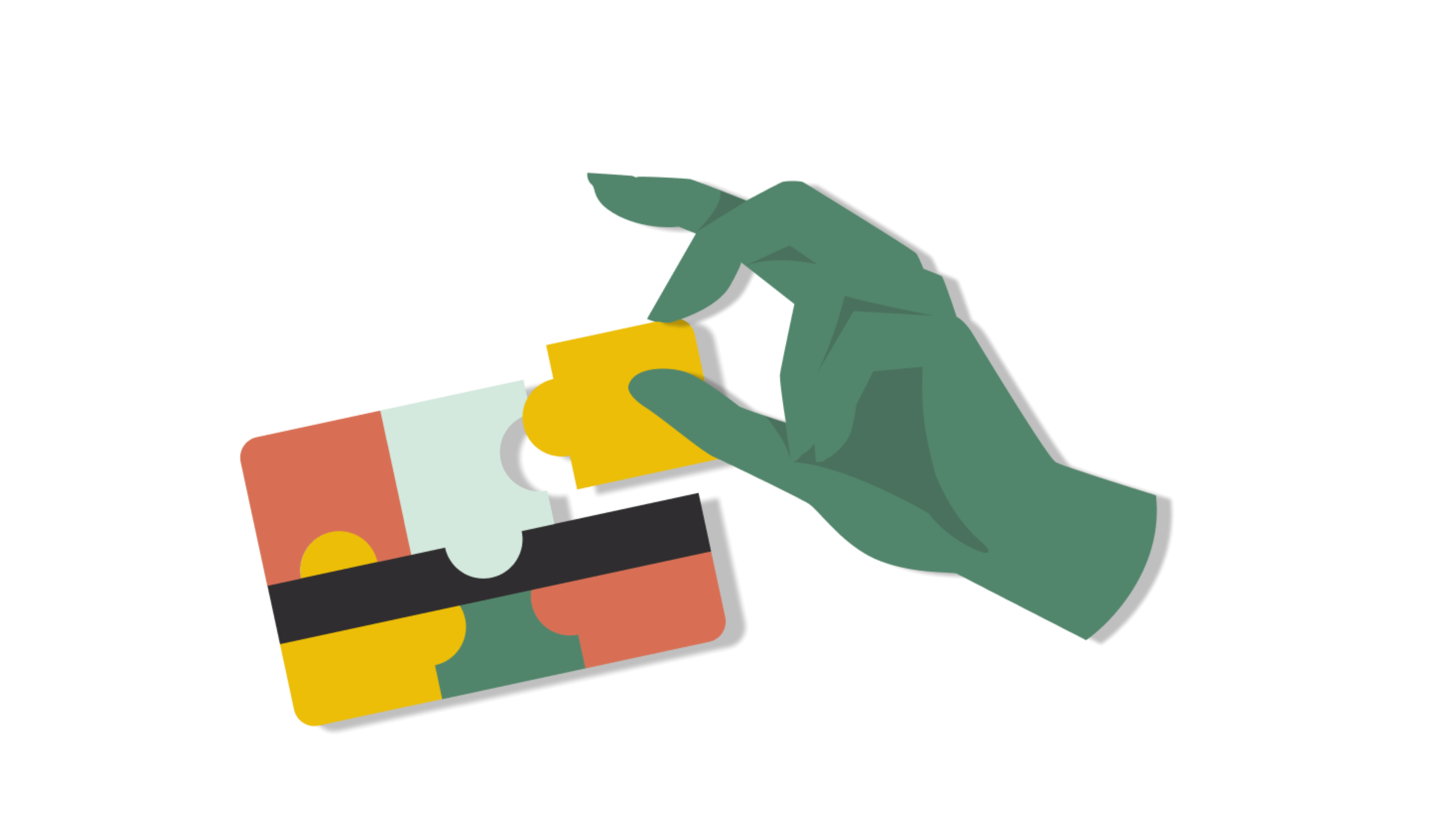The everyday consumer is overwhelmed by a laundry list of financial options: credit cards; personal loans; Buy Now, Pay Later; and much more.
Yet, all of these products are siloed, and none give a full picture of your financial ecosystem.
As a result, you can’t make your whole wallet work for you cohesively.
This is just one reason why Pat Flahive decided to leave Capital One after 10+ years of high-impact projects in consumer payments to become Kasheesh’s Head of Product.
We met with Pat to learn more about his mission and strategies as a product leader, covering topics such as:
- How a decade at Capital One cultivated Pat’s payments expertise
- Tips to build the best possible consumer financial product
- How Kasheesh addresses the most obvious need in the market
Let’s dive in.
“When the Kasheesh team first emailed me, I thought, ‘Why didn’t I think of that idea?’ It’s so simple and obvious, yet there aren’t any comparable competitors in this space. The core idea itself is just such a unique and valuable use case for everyday consumers.”




.png)










.png)










